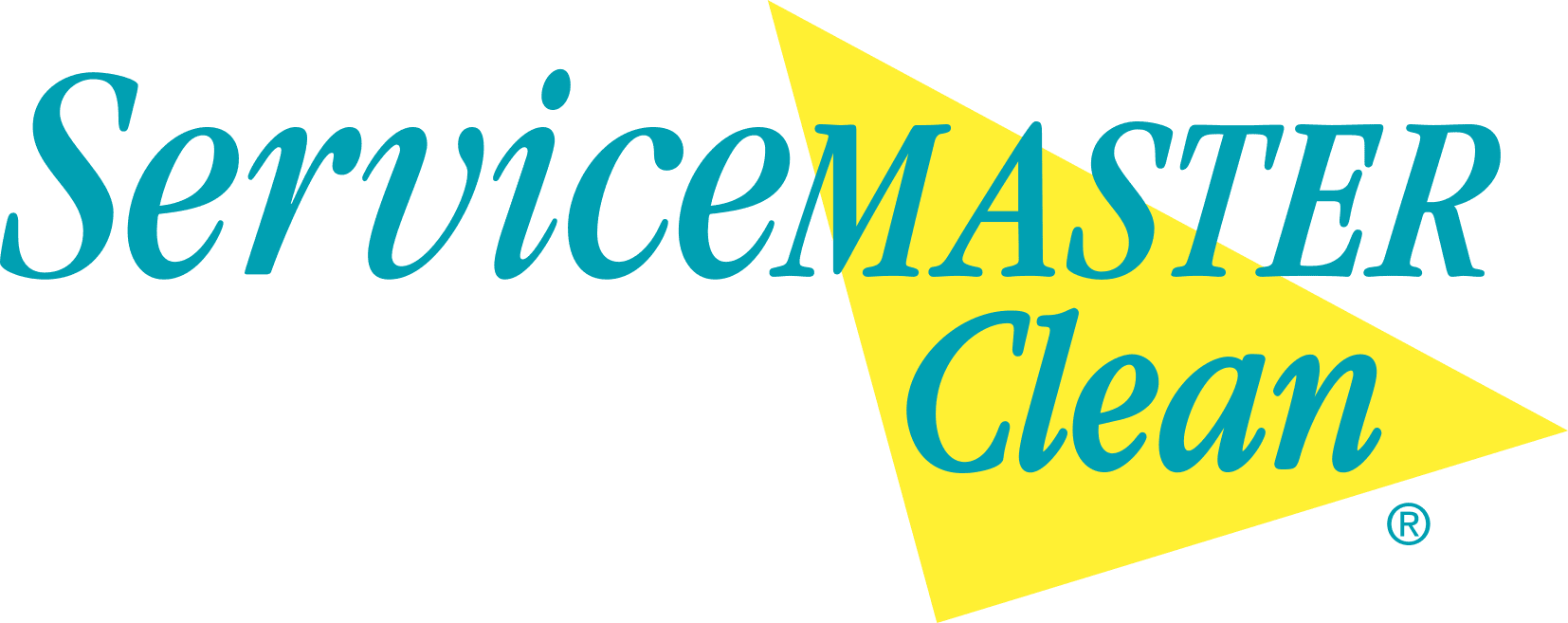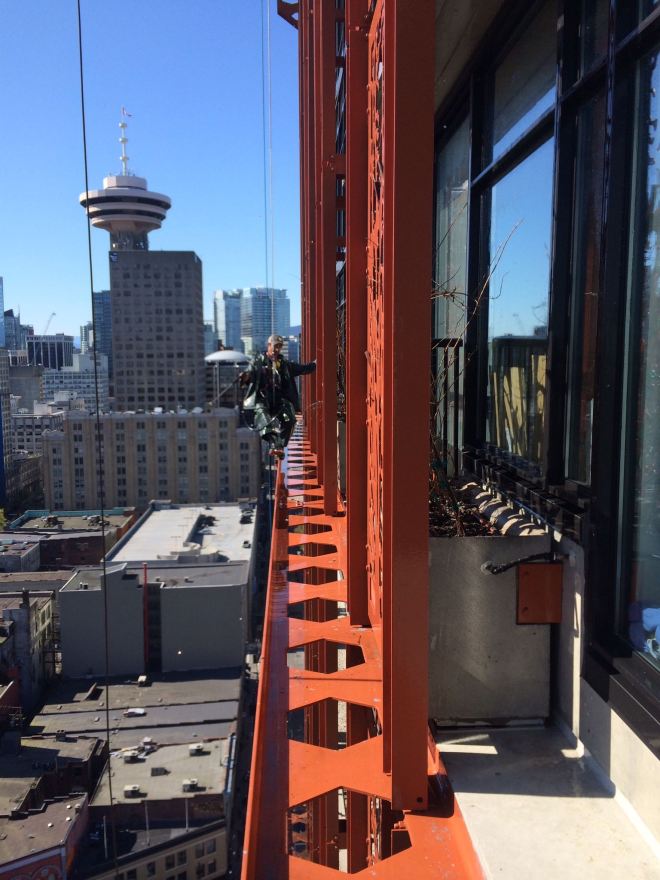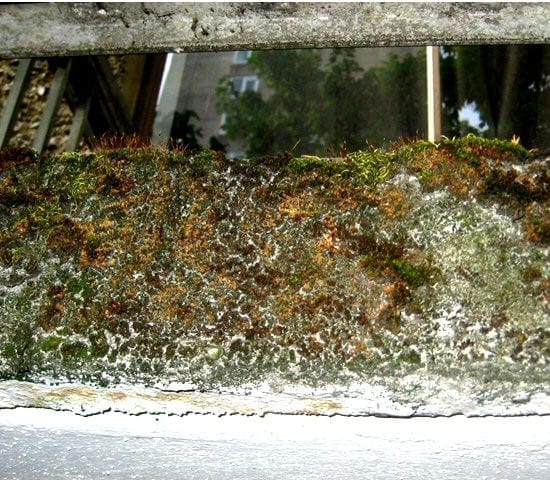Building Facade Cleaning (BFC)
BFC as we often shorten it to, is a major area of work that we offer. Its vitally necessary too. Our high moisture weather patterns, particularly in the spring, are ideal growing conditions for a number of surface growth. This can include algae, moss, lichen and mold. However buildings can also be affected by oils, greases and soils, which present their own problems. All of these issues can start to become apparent in under two years.
At first, dirtied surfaces are only a cosmetic issue: it can give a prematurely aged look that drives down property values and potential rental income. Left over time, growth and soiling can leave lasting damage to the building.This can take many forms. Some forms of algae and molds release chemicals that can bleach a surface and cause weathering. At its worse, it can be a source of serious damage. Algae and molds can weaken vinyl siding, concrete and mortar, leaving them brittle and easy to damage. Wood siding is equally effected, as molds and mosses feed of their surface and accelerate rotting. Left untreated, any of these issues could become a serious problem, leading to costly repairs and major inconveniences for residents.
We employ a number of techniques to clean these surfaces effectively. Perhaps one the one that is most familiar to people is pressure washing. However its limited in what it can clean. The high pressure spray can damage wood, old vinyl and even certain types of brick. For these areas, we use the tried and tested brush scrub. This is a gentler approach, but it takes significantly more time. For particular tough areas we also apply a specialized cleaning solution that breaks down hardened grime that can’t be removed by regular soap and water. These can be applied separately, or as part of an in-line spray system.
In general, late spring and summer are the best times of year to undertake facade cleaning. The hot drier weather aids in two ways. The first is that most biological growth are weakest in these months due to a lack of water and are easier to remove. Second, the weather allows for quicker drying, which prevents streaks from forming and prevents any further growth from coming back.









